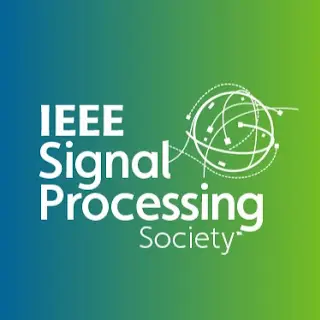IEEE SPS SAM TC Webinar: 31 March 2022, by Dr. Robert W. Heath, Jr.
MIMO communication remains an important technology for wireless communication systems. In this tutorial, we revisit classical signal processing…
Read moreSPS Webinar: 12 April 2022, by Dr. Hengtao He - "Model-Driven Deep Learning for MIMO Detection"
In this talk, we investigate the model-driven deep learning for multiple input-multiple output (MIMO) detection. In particular, the MIMO detector is…
Read moreSPS Webinar: 25 March 2022, by Dr. Kaiming Shen - "Fractional Programming for Communication Systems"
In this talk, we discuss a new transform technique for solving fractional programming (FP), i.e., a family of optimization problems with ratio terms…
Read moreIEEE SPS SAM TC Webinar: 24 February 2022, by Dr. Sundeep Prabhakar Chepuri
Millimeter wave (mmWave) multiple-input multiple-output (MIMO) systems have become very popular for sensing and wireless communications beyond 5G…
Read moreIEEE SPS-DSI Webinar: 17 February 2022, by Dr. Alexander Jung
Many important application domains generate distributed collections of heterogeneous local datasets. These local datasets are related via an…
Read moreIEEE SPS SAM TC Webinar: 27 January 2022, by Sundeep Rangan
The use of wireless frequencies above 100 GHz has attracted considerable interest for both massive bandwidth communication links and very high…
Read moreSPS Webinar: 24 February 2022, by Dr. Samet Akcay - Recent Advances of Deep Learning within X-ray Security Imaging
X-ray security screening is widely utilized in aviation and transportation, and its importance has sparked interest in automated screening systems…
Read moreSPS Webinar: 26 January 2022, by Dr. Ba-Ngu Vo - Bayesian Multi-object Tracking: Probability Hypothesis Density Filter and Beyond
In his seminal paper, Dr. Ronald Mahler not only developed the Probability Hypothesis Density (PHD) filter, but also detailed the…
Read moreIFS TC Webinar: 8 December 2021, by Teddy Furon
The talk conveys a vision of Machine Learning Security based on Information Forensics and Security. In a nutshell, the IFS community protects three…
Read moreSPS Webinar, 20 December 2021: Infinite-Dimensional Expansion for Sound Field Estimation with Application to Spatial Audio
Sound field estimation using a microphone array is a fundamental problem in acoustic signal processing, which has a wide variety of applications,…
Read more


